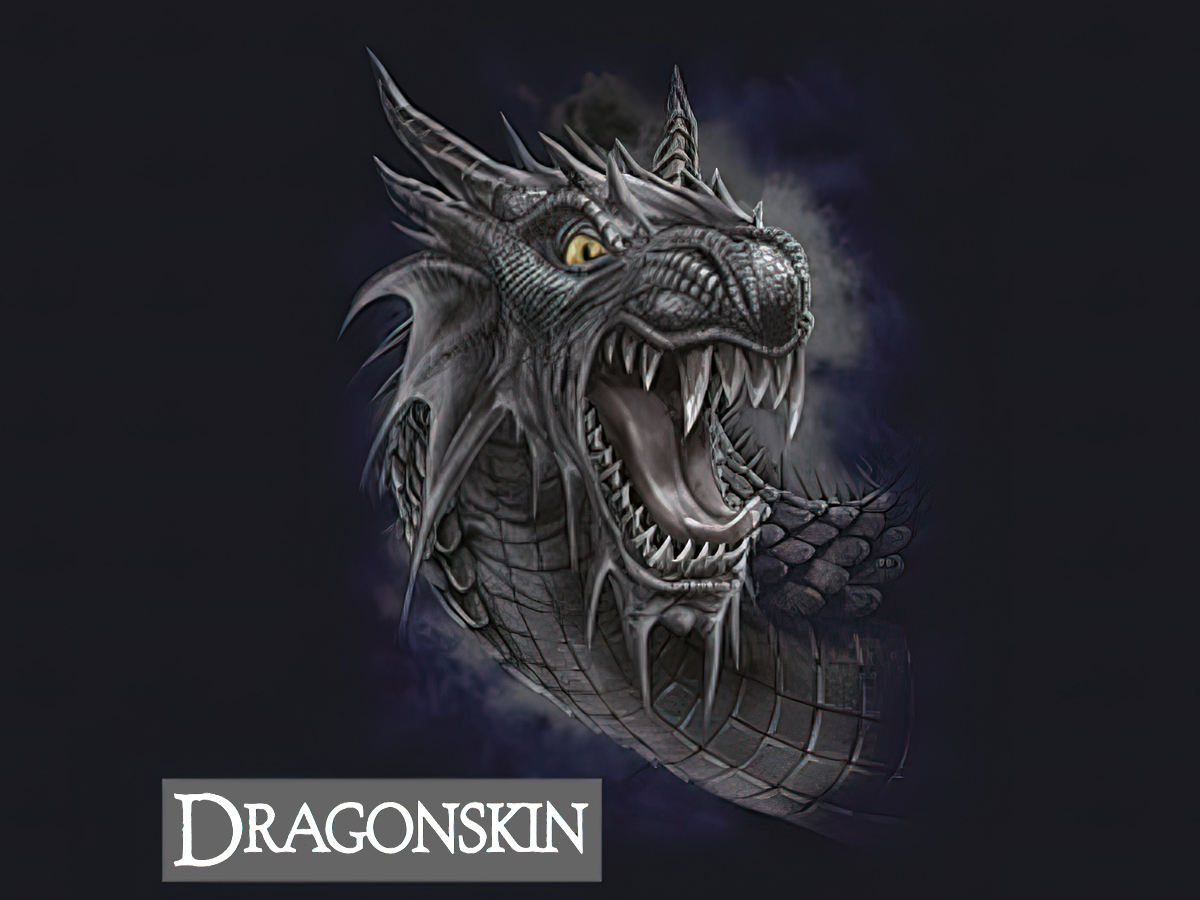
At IMTS 2022, Ceratizit USA will highlight several tooling options, including the company’s new Dragonskin coating, multifunctional EcoCut tools, a four-flute solid carbide drill, and an in-process machine monitoring and optimization system.
The products can be seen in Booth 431900 at Chicago’s McCormick Place from Sept. 12-17.

Ceratizit’s Dragonskin multi-layer coating lowers heat and lessens tool wear. To prevent cutting edge waste and detect wear easily, the gold-colored TiN outer layer of the Dragonskin multilayer CVD Ti(C,N)/Al2O3/TiN coating acts as an indicator. It enables users to identify wear and index the tool before breakage occurs. It prevents sharp cutting edges from going unused or an insert from being discarded prematurely. In addition, a mechanical post-coating treatment produces beneficial residual stress in the coating for increased process security.
The company will also showcase EcoCut and WTX-HFDS tools with the Dragonskin coating. The multifunction EcoCut solid-carbide and insert tools reduce setup time and increase productivity with support for four separate machining processes: drilling, with stationary or rotating tools, or for turning face, inner and outer contours. EcoCut Classic, Mini, and ProfileMaster versions address various diameters and bores for high performance in steel, stainless steel, and high-temperature materials.
The Ceratizit WTX-HFDS is a four-flute solid carbide drill with a pyramid-point geometry that distributes cutting forces equally to all cutting edges. The Dragonskin coating reduces the coefficient of friction and heat. Optimal cooling via four continuous internal spiral coolant holes retains core stability, while the four-chip flutes provide quick evacuation. It achieves low burr formation on hole entries and exits.
Ceratizit will demonstrate its ToolScope system for Industry 4.0 digital monitoring and control of machining operations. The system records a continuous stream of signal data generated by machine tools during production, then visualizes the data for machine monitoring and adjustment. Real-time identification of deviations from process control enables automatic optimization of manufacturing processes.
Contact Details
Related Glossary Terms
- burr
burr
Stringy portions of material formed on workpiece edges during machining. Often sharp. Can be removed with hand files, abrasive wheels or belts, wire wheels, abrasive-fiber brushes, waterjet equipment or other methods.
- chemical vapor deposition ( CVD)
chemical vapor deposition ( CVD)
High-temperature (1,000° C or higher), atmosphere-controlled process in which a chemical reaction is induced for the purpose of depositing a coating 2µm to 12µm thick on a tool’s surface. See coated tools; PVD, physical vapor deposition.
- coolant
coolant
Fluid that reduces temperature buildup at the tool/workpiece interface during machining. Normally takes the form of a liquid such as soluble or chemical mixtures (semisynthetic, synthetic) but can be pressurized air or other gas. Because of water’s ability to absorb great quantities of heat, it is widely used as a coolant and vehicle for various cutting compounds, with the water-to-compound ratio varying with the machining task. See cutting fluid; semisynthetic cutting fluid; soluble-oil cutting fluid; synthetic cutting fluid.
- flutes
flutes
Grooves and spaces in the body of a tool that permit chip removal from, and cutting-fluid application to, the point of cut.
- process control
process control
Method of monitoring a process. Relates to electronic hardware and instrumentation used in automated process control. See in-process gaging, inspection; SPC, statistical process control.
- residual stress
residual stress
Stress present in a body that is free of external forces or thermal gradients.
- titanium nitride ( TiN)
titanium nitride ( TiN)
Added to titanium-carbide tooling to permit machining of hard metals at high speeds. Also used as a tool coating. See coated tools.
- turning
turning
Workpiece is held in a chuck, mounted on a face plate or secured between centers and rotated while a cutting tool, normally a single-point tool, is fed into it along its periphery or across its end or face. Takes the form of straight turning (cutting along the periphery of the workpiece); taper turning (creating a taper); step turning (turning different-size diameters on the same work); chamfering (beveling an edge or shoulder); facing (cutting on an end); turning threads (usually external but can be internal); roughing (high-volume metal removal); and finishing (final light cuts). Performed on lathes, turning centers, chucking machines, automatic screw machines and similar machines.







